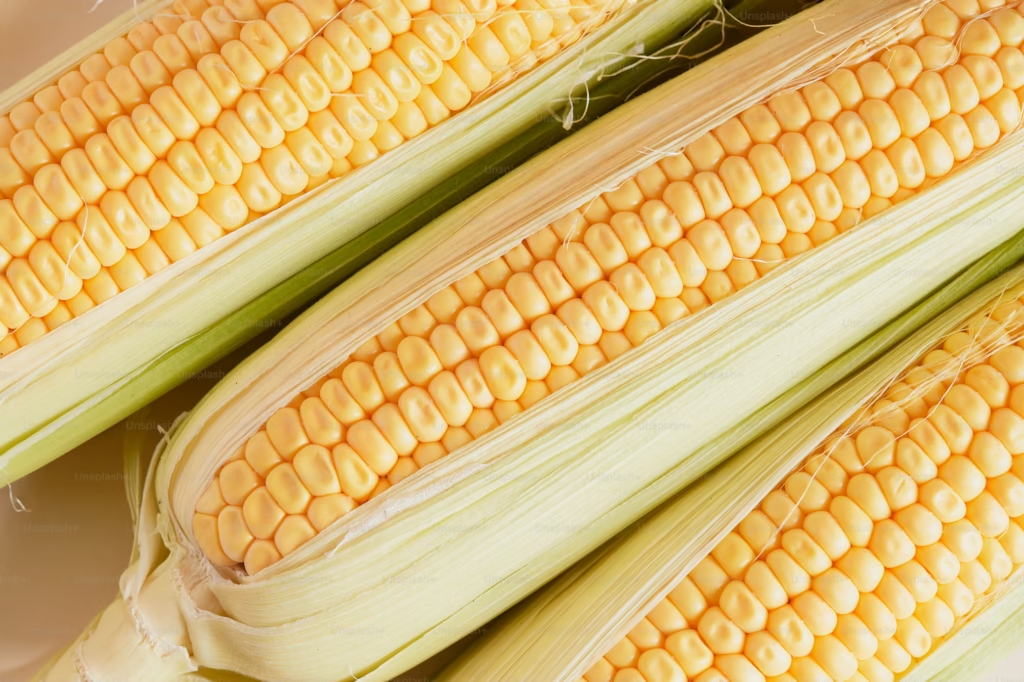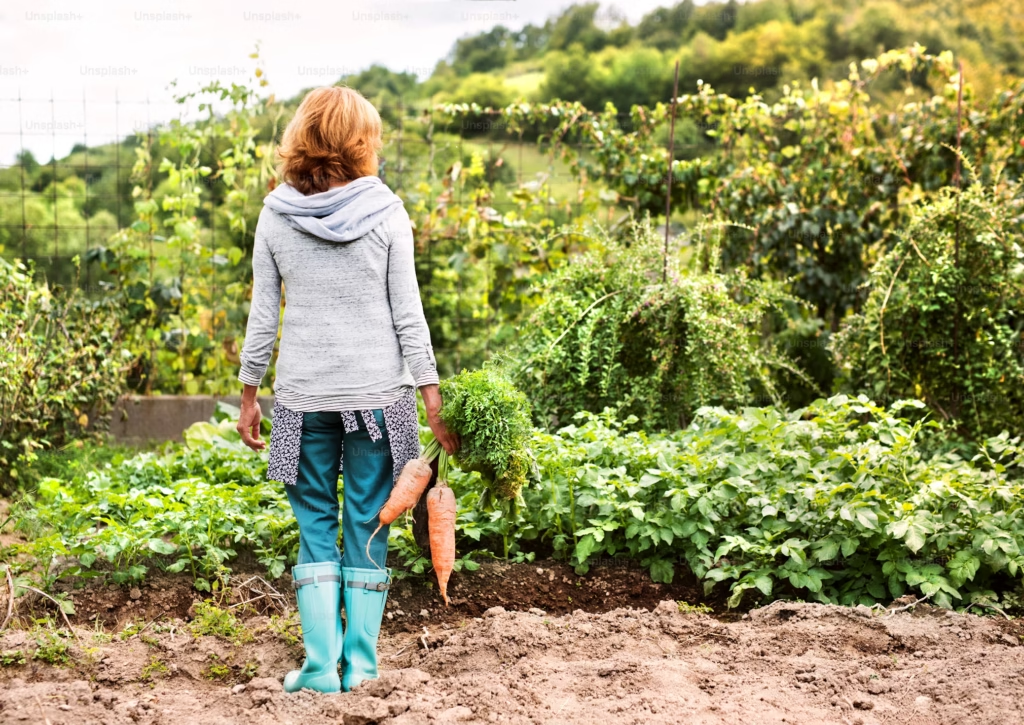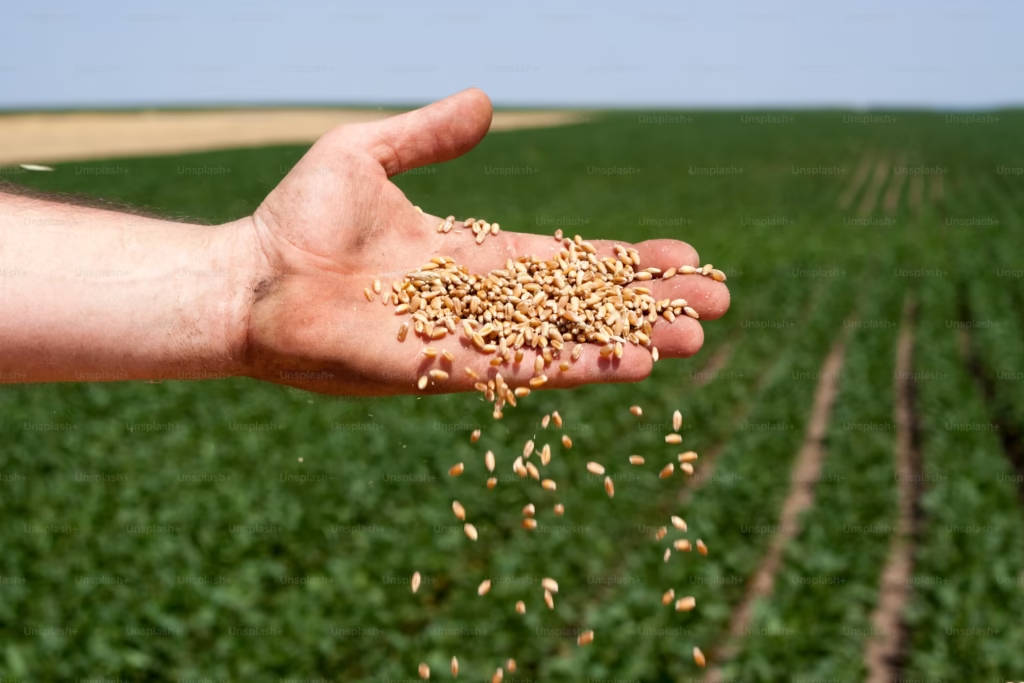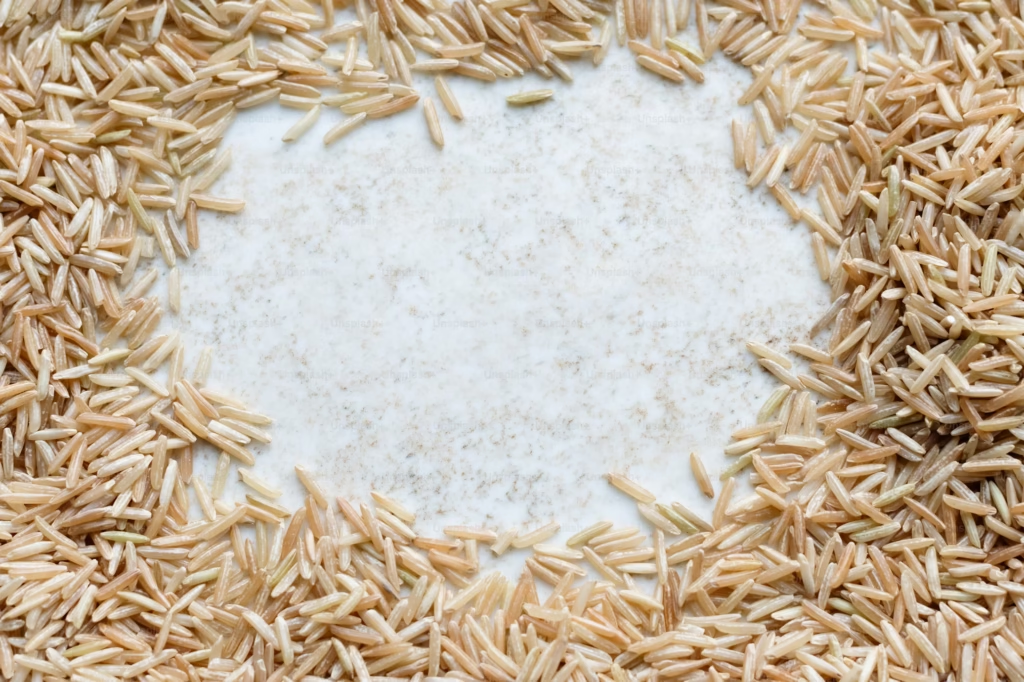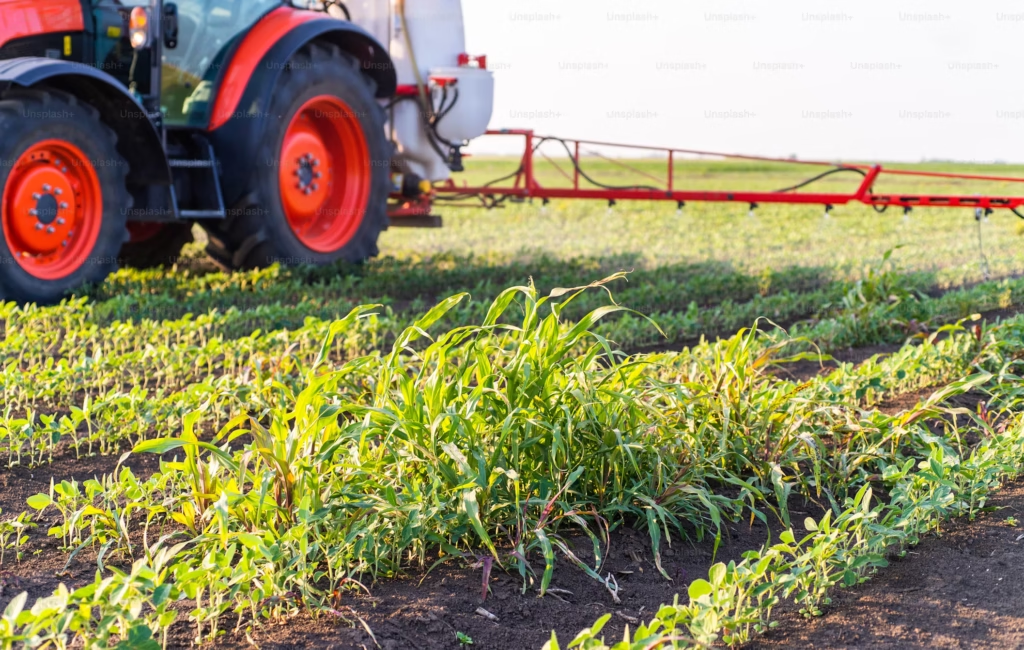
The Science Behind Crop Rotation: Why It Works
Crop rotation is one of the oldest and most effective agricultural practices. It involves changing the type of crops grown in a specific field each season to improve soil health, increase yields, and reduce pest and disease problems. While the practice may seem simple, there’s a strong scientific basis for why crop rotation works so well. In this article, we’ll explore the science behind crop rotation, its benefits, and how it contributes to sustainable farming.
What is Crop Rotation?
Crop rotation refers to the practice of growing different types of crops in the same field over a series of seasons, rather than planting the same crop continuously. For example, a farmer might plant corn in one season, followed by legumes (such as beans or peas) the next season, and then root vegetables like carrots or potatoes the following year.
The concept of crop rotation has been used for centuries, but modern agriculture continues to recognize its significant benefits, both for crop production and the environment.
The Science Behind Crop Rotation
1. Soil Nutrient Management
Different crops have unique nutrient requirements. Some crops, such as corn, require high amounts of nitrogen, while others, like legumes, can fix nitrogen in the soil through a symbiotic relationship with bacteria in their root nodules. These bacteria convert atmospheric nitrogen into a form that plants can use. When legumes are planted in rotation, they naturally replenish the soil’s nitrogen content, reducing the need for synthetic fertilizers.
- Legumes (e.g., beans, peas) fix nitrogen, enriching the soil.
- Non-legumes (e.g., corn, wheat) deplete nitrogen and other nutrients.
By rotating crops that either fix nitrogen or require nitrogen, farmers can maintain balanced soil fertility and reduce their reliance on artificial fertilizers.
2. Breaking Pest and Disease Cycles
Many pests and diseases are crop-specific, meaning they thrive on particular plants. For example, insects like aphids are often attracted to specific crops, and fungi or bacteria may infect certain plants. When the same crop is planted year after year, these pests and diseases can build up in the soil and become more difficult to manage.
Crop rotation helps break these cycles by introducing different plants that pests and diseases aren’t attracted to. For instance, rotating tomatoes with non-susceptible crops like carrots can reduce the risk of tomato blight or aphid infestations.
- Example: Corn pests may not affect soybeans, and soil-borne diseases that impact one crop may not affect another crop type.
- Fewer pesticides: By reducing the buildup of pests and diseases, crop rotation can also reduce the need for chemical pesticides, benefiting both the environment and farm economics.
3. Improved Soil Structure and Health
Different plants have different root structures, which can affect soil structure in various ways. For instance, deep-rooted plants like alfalfa break up compacted soil and bring nutrients from deeper layers to the surface. Shallow-rooted crops, like lettuce, prevent soil from becoming too loose and eroded.
- Deep roots: Crops with deep roots (e.g., alfalfa, clover) improve soil aeration and water infiltration.
- Shallow roots: Crops with shallow roots (e.g., lettuce, cabbage) prevent soil erosion and maintain surface structure.
By rotating crops with different root systems, farmers can improve soil health and maintain optimal soil structure, preventing issues like erosion and compaction.
4. Enhanced Biodiversity
Diversity is essential for a healthy farm ecosystem. Crop rotation encourages biodiversity by promoting a variety of plant species that support different types of beneficial insects, birds, and microorganisms. For example, rotating flowering plants with vegetables can attract pollinators and other beneficial insects that help control pest populations.
- Beneficial insects: Crop rotation encourages a greater variety of beneficial insects, which can help with pollination and pest control.
- Soil microbes: Different crops encourage the growth of different beneficial microbes, which improve soil health and nutrient cycling.
By promoting a diverse range of plants, crop rotation helps build resilience in the farm ecosystem, making it less vulnerable to pests, diseases, and environmental stresses.
Types of Crop Rotation
There are several different types of crop rotation systems, each with its own benefits depending on the farm’s goals, climate, and types of crops grown. Some common rotation practices include:
1. Simple Crop Rotation
- This is a basic form of crop rotation, where two or more crops are alternated over the seasons. For example, a farmer might grow corn in the first year, followed by soybeans in the next year, and repeat this cycle.
2. Four-Field Rotation
- In this system, the land is divided into four parts, and different crops are planted in each field every year. A common example is:
- Year 1: Wheat
- Year 2: Legumes (e.g., peas or beans)
- Year 3: Root crops (e.g., carrots or potatoes)
- Year 4: Fallow (resting or cover crops)
3. Intercropping
- This system involves growing two or more crops in the same field simultaneously. These crops may have complementary growth habits or nutrient needs, allowing them to thrive together. For example, planting corn alongside beans can improve nitrogen levels while preventing weeds.
Benefits of Crop Rotation
- Reduced Soil Erosion: Alternating crops helps maintain soil structure and reduces the risk of erosion caused by wind and water.
- Increased Soil Fertility: Crop rotation can help replenish nutrients in the soil and maintain long-term soil health, reducing the need for chemical fertilizers.
- Increased Crop Yield: Rotating crops can lead to higher yields over time by reducing the likelihood of soil degradation, pests, and diseases.
- Sustainable Agriculture: Crop rotation contributes to sustainable farming by improving soil health, reducing the need for pesticides, and promoting biodiversity.
Conclusion
Crop rotation is a powerful, science-based strategy that has been used for centuries to improve farm productivity and sustainability. By diversifying crops, replenishing soil nutrients, and managing pests and diseases, farmers can achieve long-term success without relying heavily on chemicals or fertilizers. Whether you’re a small-scale gardener or a large-scale farmer, understanding the science behind crop rotation is key to creating a resilient, productive, and sustainable agricultural system.
